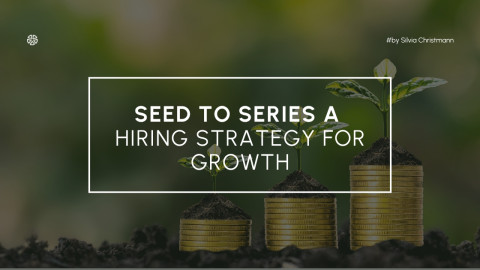Data Science in 2023: Top 10 Trends Shaping the Industry’s Future
Data science has become a transformative field, driving innovation and solving complex problems across industries. As data-driven decision-making becomes increasingly crucial, data scientists must stay updated with the latest trends to stay ahead of the competition. In this blog post, we will explore the top 10 data science trends for 2023 that are expected to shape the future of the field.
1. Artificial Intelligence (AI) and Machine Learning (ML) Advancements
Cutting-edge innovations like deep learning, reinforcement learning, and transfer learning are expected to further enhance AI and ML capabilities, revolutionizing industries like healthcare, finance, and transportation. See our blogpost of AI here.
2. Explainable AI (XAI)
XAI techniques will gain prominence as organizations strive for transparency and interpretability in AI models, making them more interpretable, trustworthy, and accountable.
3. Data Privacy and Security
Techniques like federated learning, differential privacy, and secure multi-party computation (SMPC) will play a crucial role in protecting data and ensuring compliance with regulations like the General Data Protection Regulation (GDPR).
4. Edge Computing and IoT Analytics
Edge computing enables real-time insights and decision-making at the network’s edge. Data scientists will need to leverage edge machine learning and edge-based anomaly detection techniques for IoT devices.
5. Natural Language Processing (NLP) and Conversational AI
Advancements in NLP and conversational AI will improve the accuracy and versatility of NLP applications and enable natural language interactions and personalized experiences.
6. Quantum Computing for Data Science
Quantum computing is expected to revolutionize data science by solving complex problems currently beyond the capabilities of classical computers.
7. Responsible and Ethical Data Science
Organizations will focus on incorporating ethical considerations into their data science processes, ensuring data-driven solutions are developed and deployed responsibly without perpetuating bias or violating privacy regulations.
8. AutoML and Automated Data Science
Advancements in AutoML tools and platforms will democratize data science, making it accessible to a wider audience and accelerating the adoption of data-driven decision-making across industries.
9. Augmented Analytics
Augmented Analytics tools will automatically generate insights, create visualizations, and provide explanations in plain language, making it easier for business users to understand complex data and make data-driven decisions.
10. Generative Adversarial Networks
GANs will continue playing a pivotal role in data science applications, particularly in synthetic data generation and data augmentation, addressing issues like data imbalance and overfitting.
Conclusion
Staying updated with these trends and incorporating them into data science workflows can help organizations drive innovation, make informed decisions, and stay ahead in the competitive landscape. Data scientists who adapt to these trends and stay abreast of the latest advancements will be well-positioned for success in the dynamic field of data science in 2023 and beyond.









